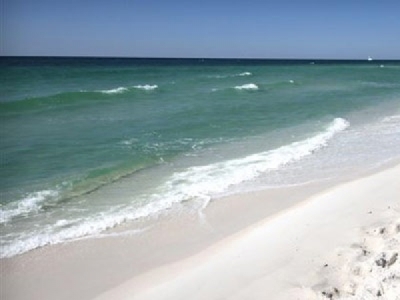
Posted on May 29, 2018
By David Murray, Waterways Journal
The Energy Information Administration has lent weight to calls for more and deeper dredging on America’s Gulf Coast by issuing a report saying that lack of deep enough ports is hurting America’s growing potential as a crude exporter.
The report, posted May 16, notes that U.S. crude oil exports averaged 1.1. million barrels per day (bpd.) in 2017 and have already reached 1.6 million bpd. in 2018. According to the report, “This growth in U.S. crude exports happened despite the fact that U.S. Gulf Coast onshore ports cannot fully load Very large Crude Carriers (VLCCs), the largest and most economical vessels used for crude oil transportation.”
Shippers used smaller and less expensive vessels instead, along with lightering operations, in which barges offload oil from large tankers into barges or smaller ships that carry it into port.
The EIA said that data from the U.S. Maritime Administration (MarAd) indicated that the two largest “ports” for tankers carrying crude oil are actually offshore lightering zones. The South Sabine Point and Southtex lightering zones each had nearly 250 million deadweight tons of tanker traffic volume in 2015.
Most U.S. Gulf ports can accept vessels with capacities of about 500,000 barrels.
The Louisiana Offshore Oil Port (LOOP) is the only U.S. facility able to accommodate a fully loaded VLCC.
LOOP used to be used as an import facility exclusively, until it was modified earlier
this year to allow exports. It includes storage, undersea pipelines, and single-point mooring facilities in deep water.
MarAd has no pending applications for more offshore facilities like LOOP, the report said.
The Port of Corpus Christi is currently setting up ways to fund its own channel-deepening program without waiting for the Corps of Engineers.
Source: Waterways Journal





